

You only get one shot at life, so use it wisely.
At least that’s the case for most of us. But for a few, there’s a chance at a second go – somewhere in the future.
By that, I mean there’s a growing number of people at the world’s biggest cryo-preservation facilities taking a big gamble by getting frozen after they die, hoping that one day, technology will advance enough to bring them back.
Some of these ‘patients’ have been frozen there for nearly 50 years.
At the Cryonics Institute (CI) in Michigan, white vials line the storage facility, holding bodies, body parts and even pets.
They’re all kept at a frosty -196°C of liquid nitrogen waiting for a future where they might be revived.
These people came from all different walks of life, from chefs to students, and secretaries and professors.

Cryonics Institute
Interestingly, it’s mostly the Brits who have taken the courageous jump to body preservation, making them the biggest group outside of the U.S.
As cool as it may sound, it’s more of a waiting game than sci-fi fiction.
The longest-running patient is Rhea Ettinger who has been in her icy sleep since 1977.
Her son, Robert C. W. Ettinger – known as the “father of cryonics” and a WWII vet – joined her, along with both of his wives, all preserved at the facility.
CI president Dennis Kowalksi said: “Ironically, while the number of members is growing, I’m only surprised that we’re not more popular.
“What we are doing is pretty rational when you think about it. Cryonics is like an ambulance ride to a future hospital that may or may not exist some day.
He continued: “While we give no guarantees, if you are buried or cremated your chances of coming back are zero.
“We are therefore a Pascal’s wager, or a gamble with little to lose and all to gain.”
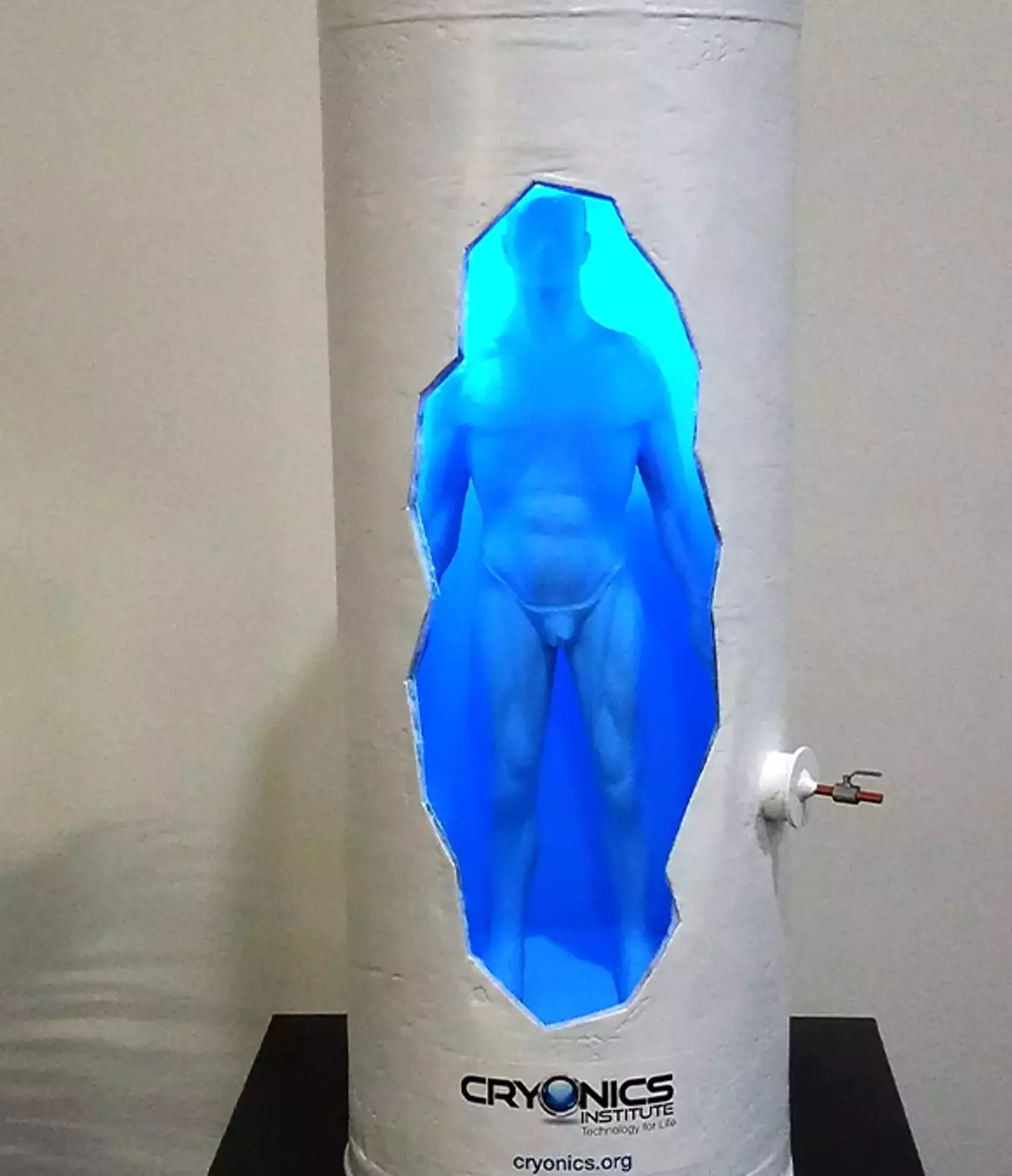
Cryonics Institute
Inside CI’s massive 7,000-square-foot facility, about 250 patients are stored in cryostats, standing in organised rows.
Newcomers who have paid for full-body preservation would have paid nothing short of $28,000 (£22,000). So far, 10 to 20 new spots have been filled.
“While we are the largest cryonics company in the world with the most patients in suspension, our two centres in Michigan are not as sci-fi as you might imagine,” Kowalski added.
“It’s more practical. We are affordable to the average person through life insurance and we are non-profit, with all of our records open to public scrutiny.”
The CI president described feeling a ‘sense of responsibility and awe’ when he walks through the cryostats.
He concluded: “We don’t know if this will work but we believe life is precious and that there is no greater value than the love of our family and friends who we wish to save.”
Featured Image Credit: Cryonics Institute

People have been trying to cheat death for decades with various supposed hacks to fight the inevitable.
One biohacker, Bryan Johnson, has famously gone to extreme lengths to preserve his youth, even undergoing a blood transfusion using blood plasma donations from his son.
However, one man has gone to the next level, by having himself frozen in the hopes of being brought back to life.
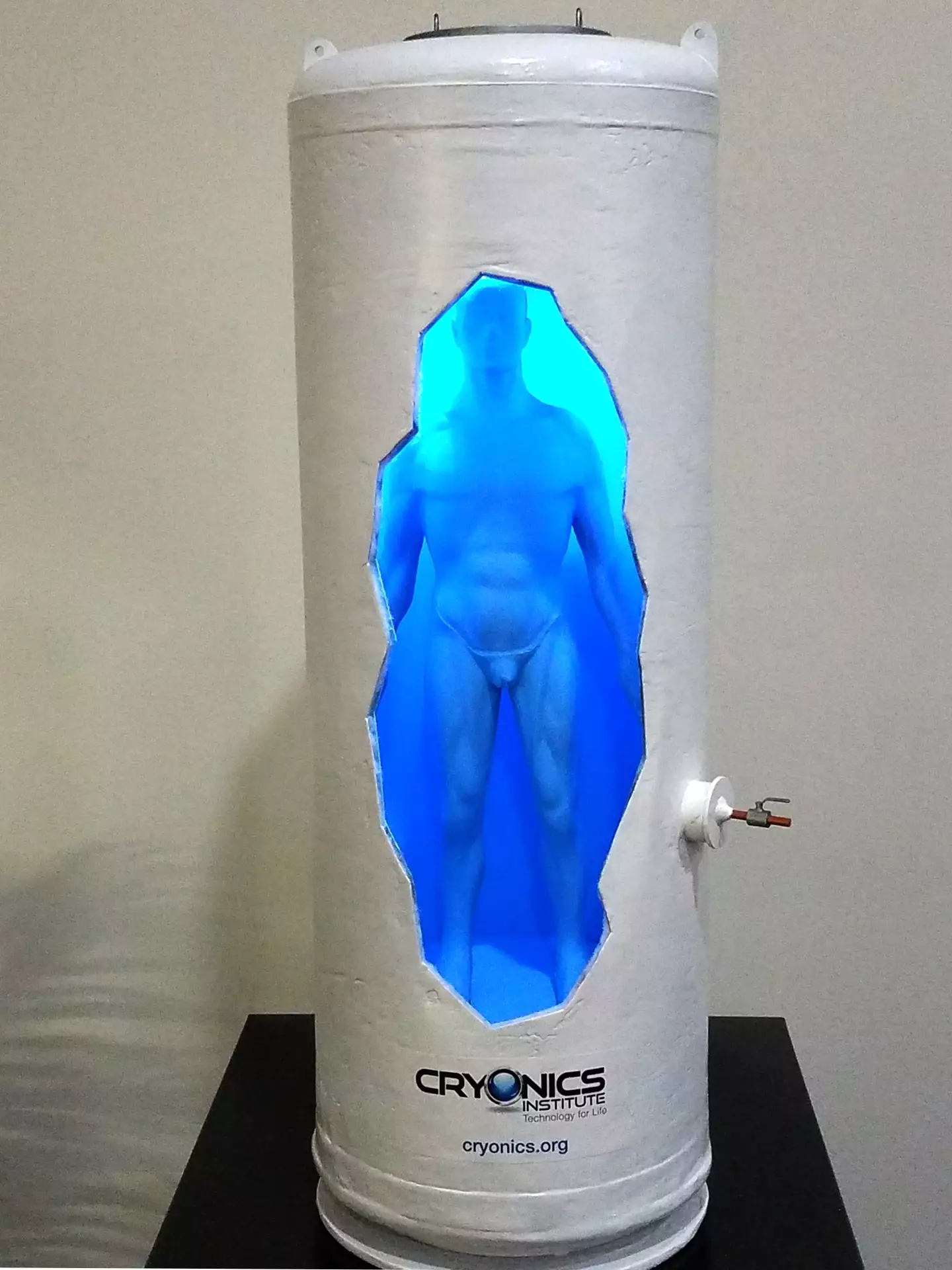
The bodies are frozen in liquid nitrogen (Cryonics Institute)
Before his death, the Brit had signed up to a cryonics scheme that promised its members the chance for a ‘second life’.
The process involved his body being packed in dry ice at a funeral home in London before he was flown over 3,750 miles to the US where he would be stored by Cryonics Institute (CI) in the hopes of one day waking up again in the future.
The only thing known about the unnamed man is that he is the firm’s 254th patient.
Once at the facility, the patients are placed in a sub zero environment known as a ‘cryostat’ and are frozen in liquid nitrogen at -320.8 degrees fahrenheit.
The CI is currently housing more than 250 people, all of whom died in the hopes that the advancements in technology could one day bring them back to life.
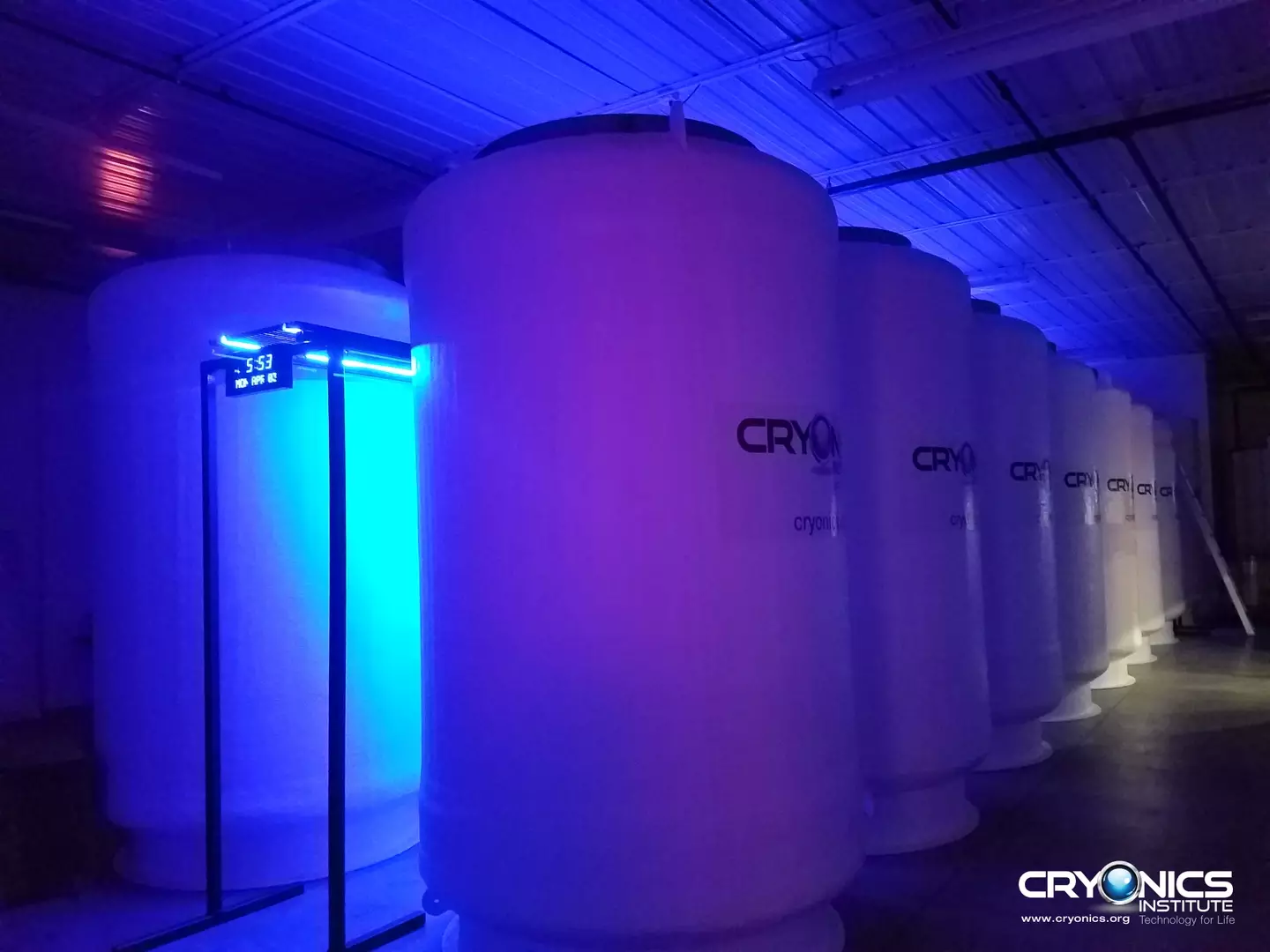
People are signing up in the hopes of getting a chance at a second life (Cryonics Institute)
The person who has been waiting the longest is Rhea Ettinger who has been in her cryostat since 1977.
Dennis Kowalski, who is the president of CI, said: “Ironically, while the number of members is growing, I’m only surprised that we’re not more popular. What we are doing is pretty rational when you think about it.
“Cryonics is like an ambulance ride to a future hospital that may or may not exist some day.
“While we give no guarantees, if you are buried or cremated your chances of coming back are zero.
“We are therefore a Pascal’s wager, or a gamble with little to lose and all to gain.”
While doubters have argued that bringing a human back to life is impossible due to the intricacies of the brain, Kowalski has compared it with the progress made over the years to conduct successful heart transplants.
Critics have also hit back to share their disapproval with the practice, with Dr Miriam Stoppard, who is a journalist and a doctor, saying that it ‘robs the dying of their dignity’.
But that doesn’t seem to have deterred people, with the number of hopefuls dreaming of a second chance at life continuing to rise.
Featured Image Credit: Cryonics Institute

Scientists have established that there might be another state beyond what we know as life and death.
Traditionally, death has been understood as the moment when an organism stops functioning altogether and cannot be revived.
That said, practices such as organ donation show that organs, tissues and cells can still work even after the rest of an organism shuts down.
Now, researchers have been exploring the question of a ‘third’ state where certain cells can continue to operate even after the organism has died.
In a new study, a team of experts have discovered that with the right kind of stimulation, some cells can “transform into multicellular organisms with new functions after death.”

BorisRabtsevich / Getty
When we think about what the third state actually means, it challenges what we originally acknowledged about cell behaviour, according to the paper’s lead authors, Peter A. Noble and Alexander Pozhitkov.
In an article for The Conversation, they explain: “While caterpillars metamorphosing into butterflies, or tadpoles evolving into frogs, may be familiar developmental transformations, there are few instances where organisms change in ways that are not predetermined.”
For instance, the researchers found that skin cells taken from dead frog embryos could adjust to their new environment in a petri dish and reorganised themselves into multicellular organisms called xenobots.
“These organisms exhibited behaviours that extend far beyond their original biological roles,” added Noble and Pozhitkov.
“Specifically, these xenobots use their cilia – small, hair-like structures – to navigate and move through their surroundings, whereas in a living frog embryo, cilia are typically used to move mucus.”

Andrew Holt / Getty
What’s even more fascinating is that xenobots can replicate their structure and function without needing to grow, which is very different from the usual way organisms replicate.
It was also revealed that single human lung cells can self-assemble into tiny multicellular organisms that can move around and behave in new ways. But not just move around, these cells could also repair themselves and even heal nearby neuron cells that were injured.
“Taken together, these findings demonstrate the inherent plasticity of cellular systems and challenge the idea that cells and organisms can evolve only in predetermined ways,” the team continued.
“The third state suggests that organismal death may play a significant role in how life transforms over time.”
Certain factors can help determine whether particular cells and tissues can survive and function beyond the life of the organism, including environmental conditions, metabolic activity and preservation techniques.
“The third state not only offers new insights into the adaptability of cells. It also offers prospects for new treatments,” Noble and Pozhitkov concluded.
Featured Image Credit: BorisRabtsevich / Andrew Holt / Getty

Taking the nickname ‘down under’ to a whole new level, this town in Australia is a place where its residents live underground to escape the extreme heat.
Located in the outback, Coober Pedy is a small town north of Adelaide in South Australia, where harsh desert temperatures can often exceed 100 degrees fahrenheit during the summer.
It gets so hot there that birds have been known to fall from the sky and some electronics need to be kept in the fridge to stop them from overheating.

Most residents of the town live underground (John W. Banagan/Getty)
Because of the severe hot temperatures, many locals prefer to live in caves dug into the hillsides, which are known as dugouts.
The mining town originally became known for its opals in the early 1900s but now the main attraction is the quirky town itself.
With a population of around 1,500 people, the area is often busy with tourists who flock to visit its underground art gallery, bars, shops and even churches.
In some neighborhoods, the only sign of life are the home ventilation shafts poking up out of the ground.
If you want your own home in the area then a standard three-bedroom cave house complete with a living room, kitchen and bathroom can be excavated for a similar price to building a home above ground.
The difference is though that these underground houses keep a cooler temperature so there is no need for air conditioning.
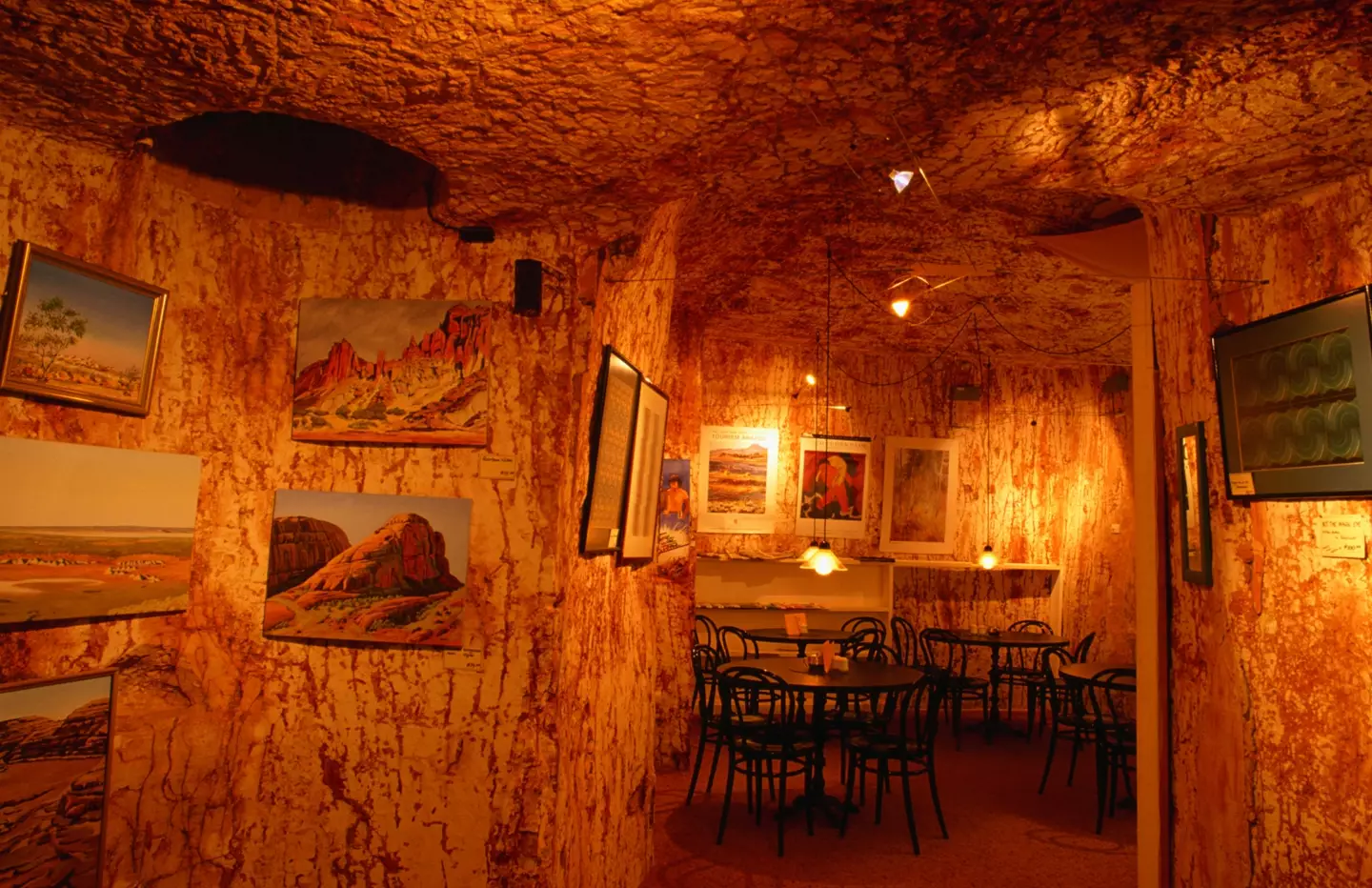
Locals opt for underground homes to avoid the extreme heat (John W. Banagan/Getty)
Residents go about their daily lives underground and have their own ways of avoiding the blistering sun, including opting for a game of golf in the evenings when the temperatures cool down a bit.
The 18 holes are even lit up so golfers can see where they’re putting their fluorescent golf balls.
There is also a campsite located a few meters below ground where campers can pitch their tents.
The locals love their lifestyle so much that it’s even in the name of their town as Coober Pedy is loosely translated from an indigenous Australian term meaning “white man in a hole”.
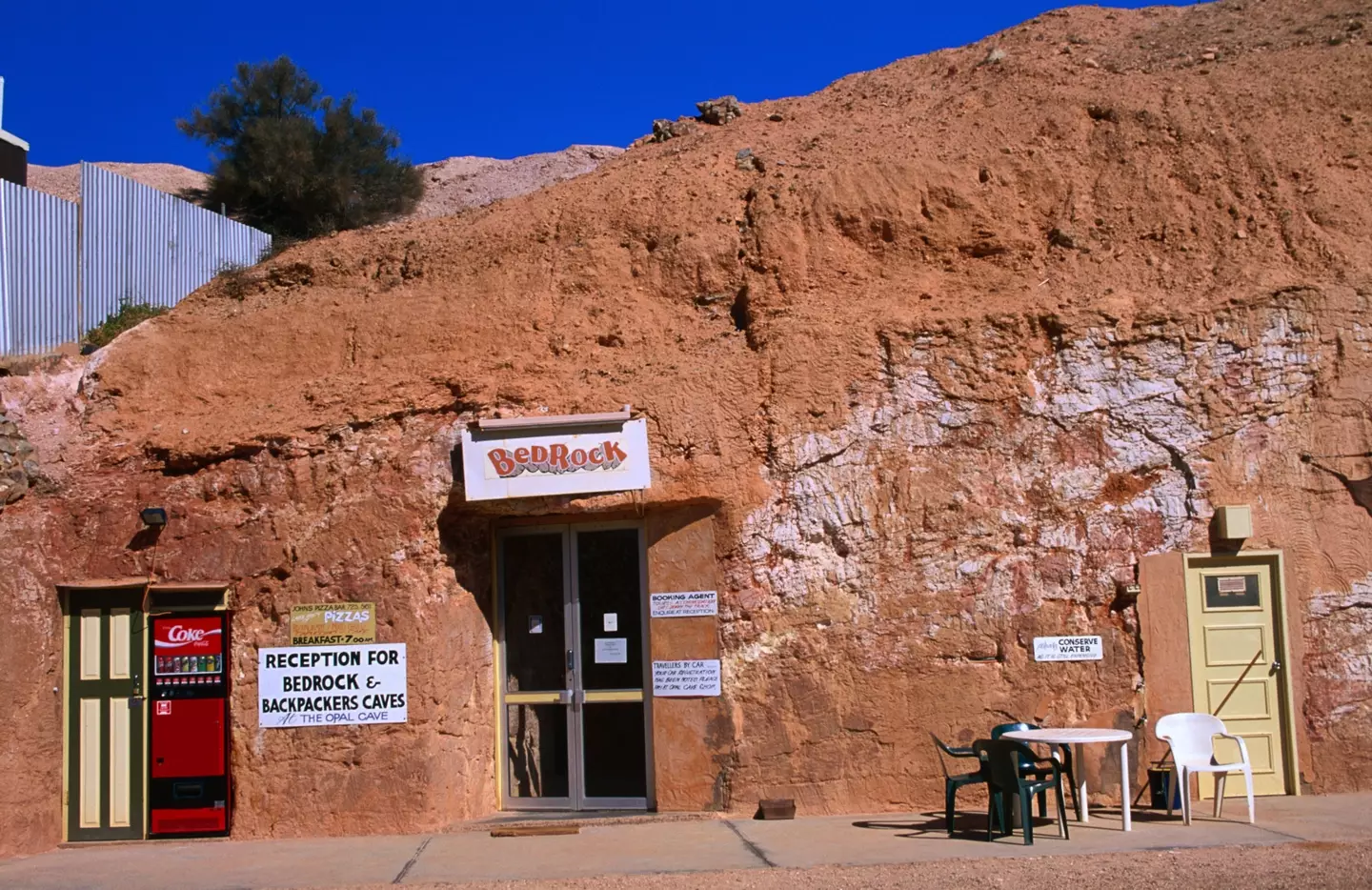
Coober Pedy is now a tourist attraction (John W. Banagan/Getty)
However, underground homes do come with their own risks as one resident spoke to the BBC about how his house collapsed.
“It doesn’t happen very often,” the local said. “It was on bad ground.”
Reddit users were fascinated with the unusual setup, with one commenting: “This is making me wonder why I don’t just live underground. I mean, look at how much easier that is! And you get the best insulation one could ask for, say goodbye to heat loss.”
Another added: “Time to get a shovel.”
Featured Image Credit: John W. Banagan / Manfred Gottschalk / Getty
It’s only been a few weeks since Apple’s big reveal, and die-hard iPhone fans are eager to get their hands on the new iPhone 16 series.
But what’s the real difference between the iPhone 16, iPhone 16 Pro, and the iPhone 16 Pro Max? I mean, besides the obvious.
For starters, the tech giant claims the iPhone 16 Pro Max has made a “huge leap in battery life — with iPhone 16 Pro Max offering the best battery life on iPhone ever,” according to its official website.
And they weren’t kidding.
When comparing the iPhone 16 Pro and the iPhone 16 Pro Max, spending that extra $200 gives you a bigger 0.6-inch screen and a bunch of premium features.
But one of the most talked-about is the battery life.
Mashable put the latest iPhone to the test alongside other smartphones, and the results weren’t even close.
The test consisted of running videos continuously on TikTok with the phone’s brightness set at a standardised 50%.
Following the tests, the tech team revealed that the latest iPhone 16 Pro Max has a battery life of a whopping 25 hours and 17 minutes – almost double that of the Samsung Galaxy S24 Ultra.
Mashable released a list to show how far ahead the iPhone 16 Pro Max is compared to the competition.
Justin Sullivan / Staff via Getty
In order of shortest to longest runtimes:
- Samsung Galaxy S24 Ultra: 13 hours and 1 minute
- iPhone 16: 16 hours and 20 minutes
- iPhone 16 Pro: 18 hours and 17 minutes
- Google Pixel 9 Pro XL: 18 hours and 50 minutes
- iPhone 16 Plus: 18 hours and 53 minutes
- Google Pixel 9: 19 hours and 20 minutes
Some users on Reddit have called the battery life differences between just the iPhone 16 Pro and the iPhone 16 Pro Max ‘unbelievable.’
One user even said: “Apple is more efficient than Samsung.”
Another commented: “Weird that the iPhone 16 Plus did so poorly, the iPhone 16 Pro Max is on another level.”
One Reddit user exclaimed: “25 hours?? Holy moly.”
Others are more sceptical of the update and believe it’s only a matter of time before the battery level of the premium device drops: “Going by the previous trends, Apple will downgrade the battery life by a lot via software ‘updates’”.